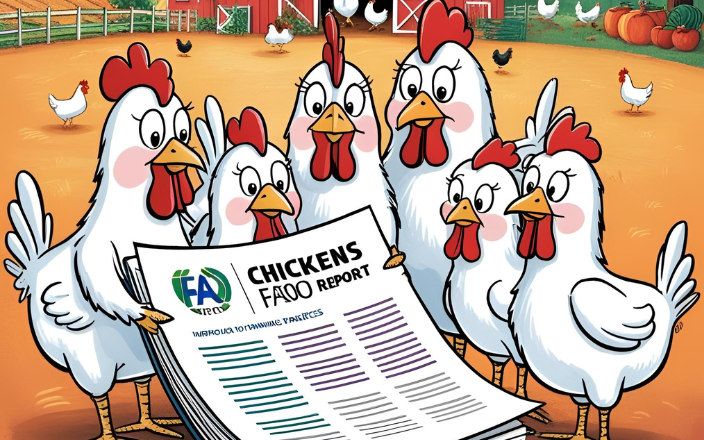The Food and Agriculture Organization (FAO) has recently released a comprehensive report detailing strategies to contain Avian Influenza A (AI), a highly contagious viral disease that poses significant threats to animal health, livelihoods, and human health. The report emphasizes the importance of a multi-faceted approach to effectively manage and mitigate the spread of this virus.
Understanding Avian Influenza A
Avian Influenza A, commonly known as bird flu, is caused by influenza viruses that primarily affect birds but can also infect humans and other animals. The virus is categorized into highly pathogenic avian influenza (HPAI) and low pathogenic avian influenza (LPAI) based on its ability to cause disease in poultry. HPAI is particularly concerning due to its severe impact on poultry health and its potential to cause significant economic losses.
Key Recommendations from the FAO Report
- Enhanced Surveillance and Early Detection: The FAO underscores the need for robust surveillance systems to monitor AI outbreaks. Early detection is crucial for implementing timely control measures. This includes regular testing of poultry and wild birds, as well as monitoring of live bird markets.
- Biosecurity Measures: Implementing strict biosecurity measures is essential to prevent the introduction and spread of AI. The report recommends practices such as controlling access to poultry farms, ensuring proper sanitation, and using protective clothing and equipment.
- Vaccination Programs: The FAO advocates for targeted vaccination programs in high-risk areas. Vaccination can help reduce the spread of the virus and protect poultry populations. However, it should be used in conjunction with other control measures to be effective.
- Public Awareness and Education: Raising awareness among poultry farmers, traders, and the general public about AI and its risks is vital. The FAO suggests conducting educational campaigns to inform people about the importance of reporting sick birds and following biosecurity protocols.
- International Cooperation: Given the transboundary nature of AI, international cooperation is crucial. The FAO calls for collaboration between countries to share information, resources, and best practices. This includes coordinated efforts to control the movement of poultry and poultry products across borders.
- Wildlife Management: Managing wild bird populations and their habitats is another important aspect of AI control. The FAO recommends measures to minimize contact between wild birds and domestic poultry, such as securing poultry housing and managing wetlands.
Conclusion
The FAO’s report highlights that containing Avian Influenza A requires a comprehensive and coordinated approach. By enhancing surveillance, implementing biosecurity measures, promoting vaccination, raising public awareness, fostering international cooperation, and managing wildlife, the spread of AI can be effectively controlled. These recommendations, if diligently followed, can help protect both animal and human health, ensuring the sustainability of the poultry industry and safeguarding livelihoods.
Sources: Available upon request

